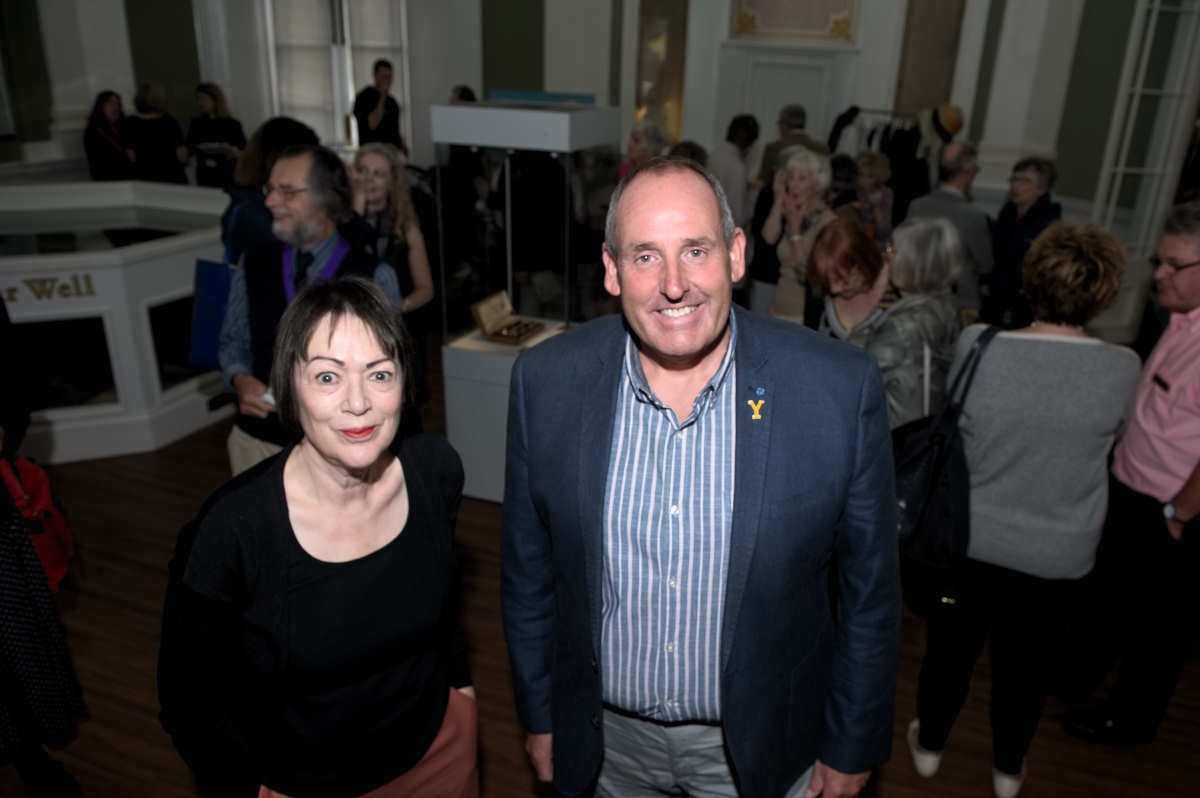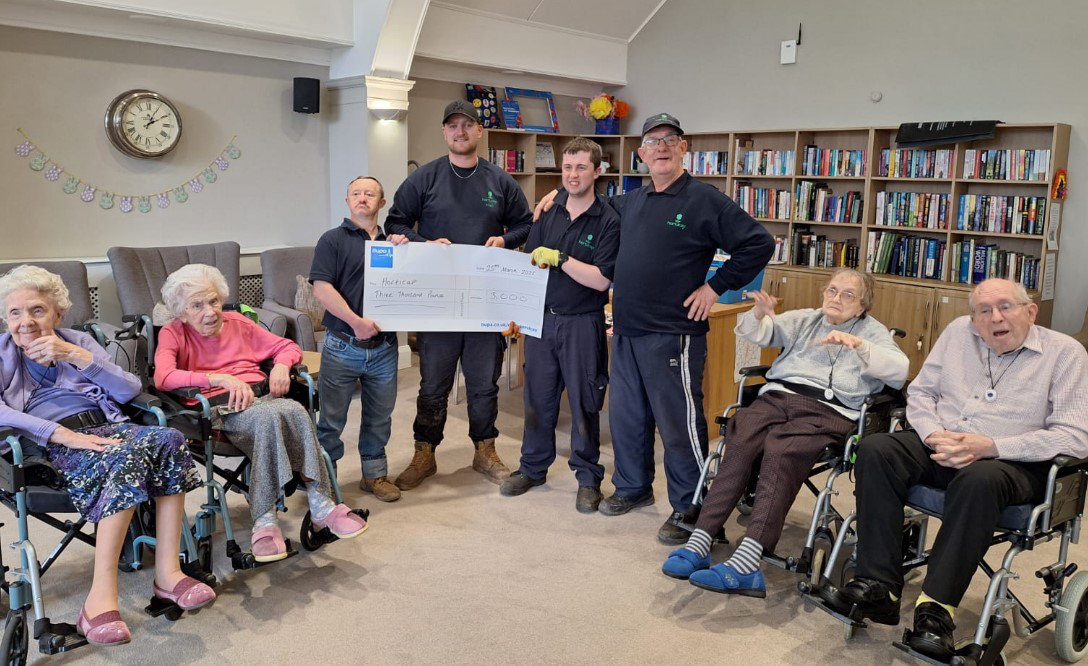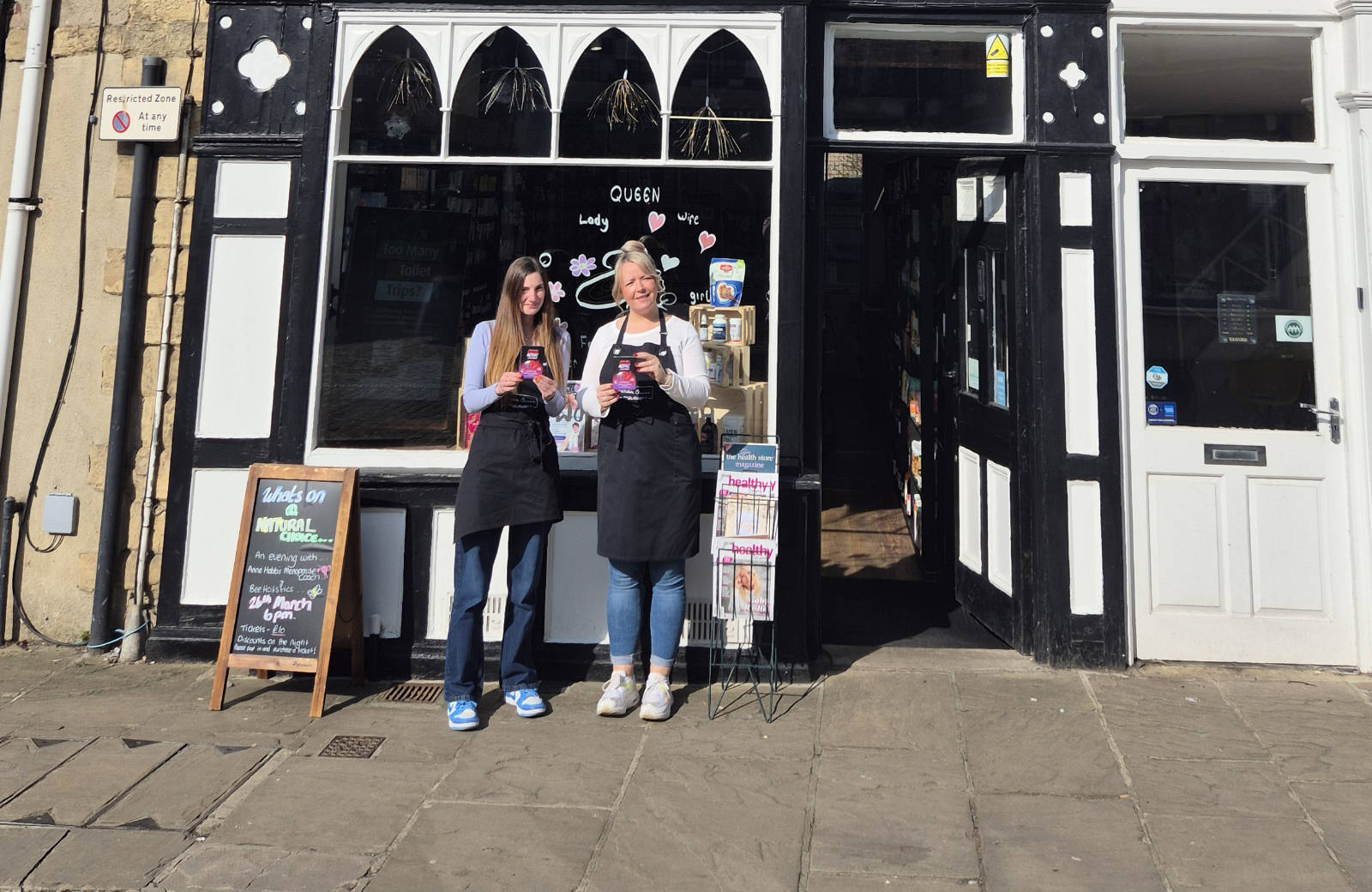One of Harrogate’s most celebrated spa buildings marks its 175th anniversary with a party today Friday (21 July 2017).
The Octagonal Room, at Harrogate’s Royal Pump Room Museum, was built in 1842 and formed part of a building designed to house the strongest sulphur well in Europe. In 1913 an extension was opened, and the building became a museum in 1951. The building was last updated in 1987.
Visitors to the museum on Friday morning will be able to learn more about the history of the famous room, the latest news about redevelopment plans for the museum, and be the first to take a special new well tour featuring the science behind the sulphur.
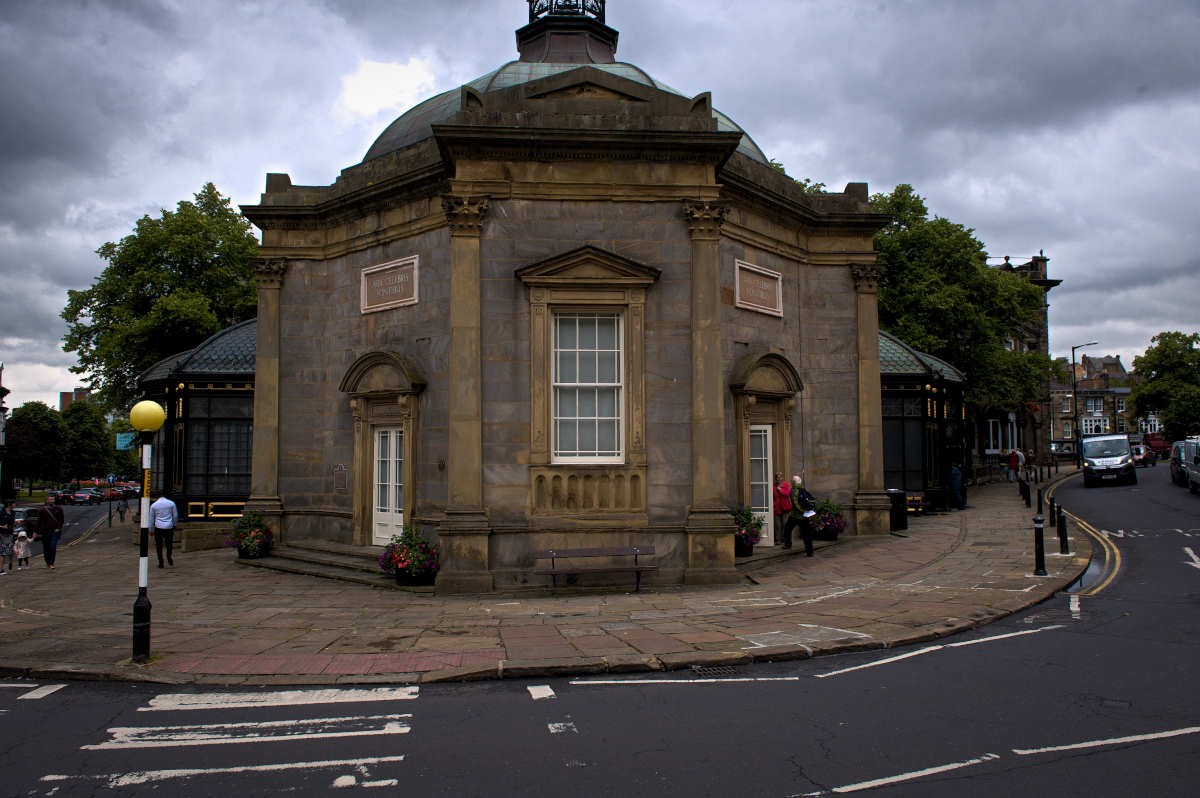
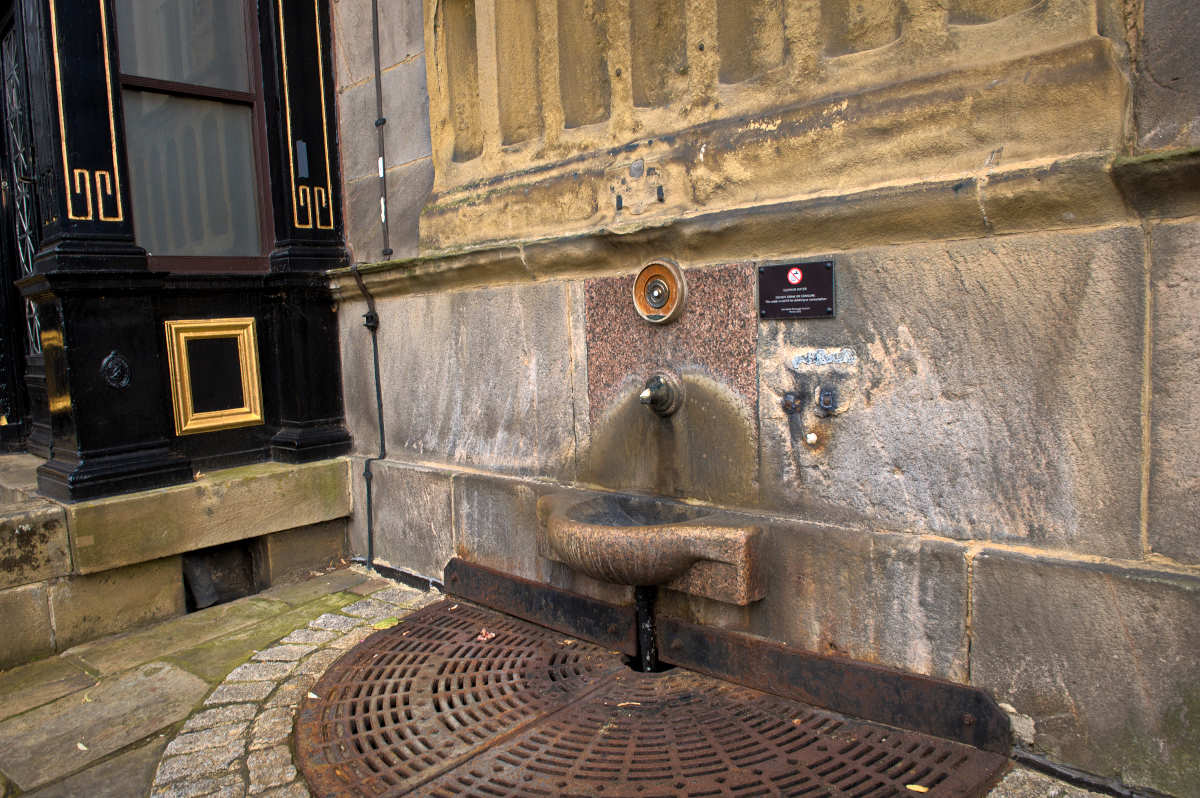
Funded by the British Society for the History of Science, Matt Holmes from the University of Leeds has been working at the Royal Pump Room museum as a scientist in residence over the last few months. Matt has been examining the specific content of the water and the different ways in which it has been considered to act as a cure since the wells were first discovered. He has also assembled a collection of images of the Spa activity over the years.
The 175th anniversary celebrations will also feature live jazz music from two musicians, both peripatetic music teachers at Harrogate Grammar School, who will recreate the ambience of the Pump Room’s heyday.
In May of this year the council announced an investment of £150,000 towards the refurbishment of the Royal Pump Room Museum, as well as plans to look for further funding from external organisations to improve the visitor experience at the museum.
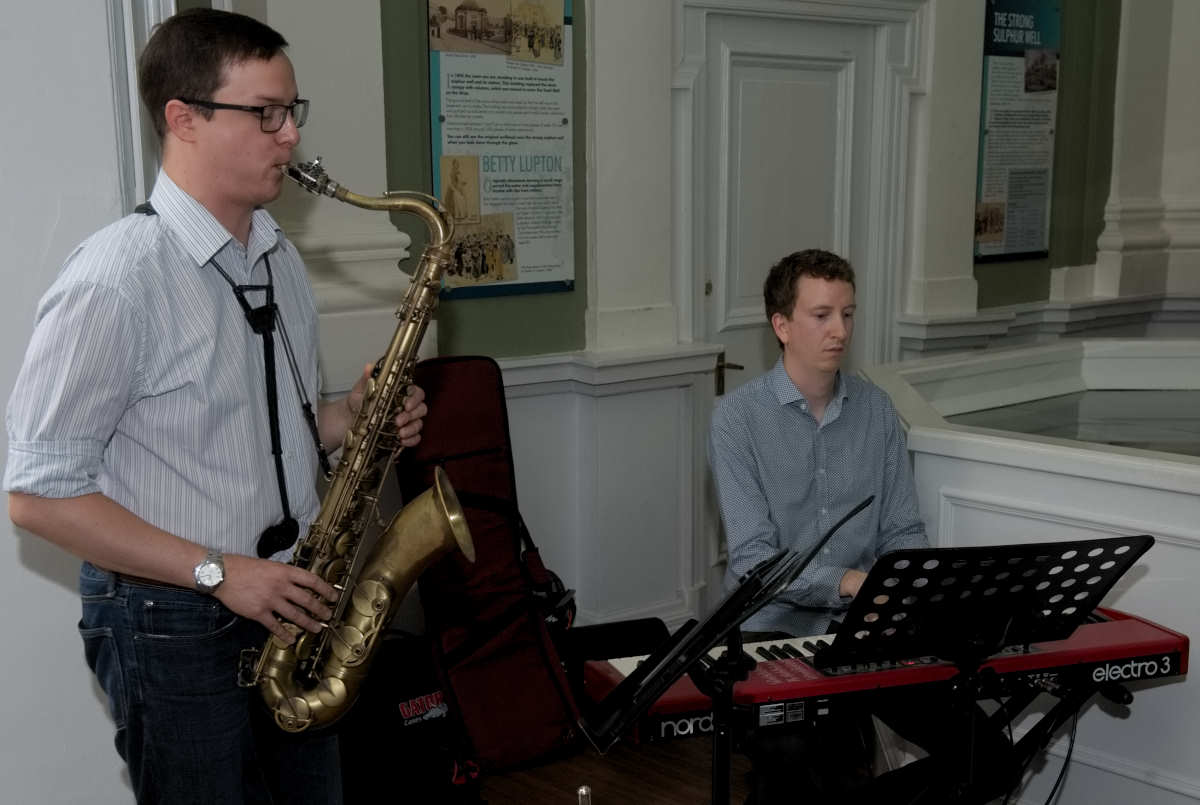
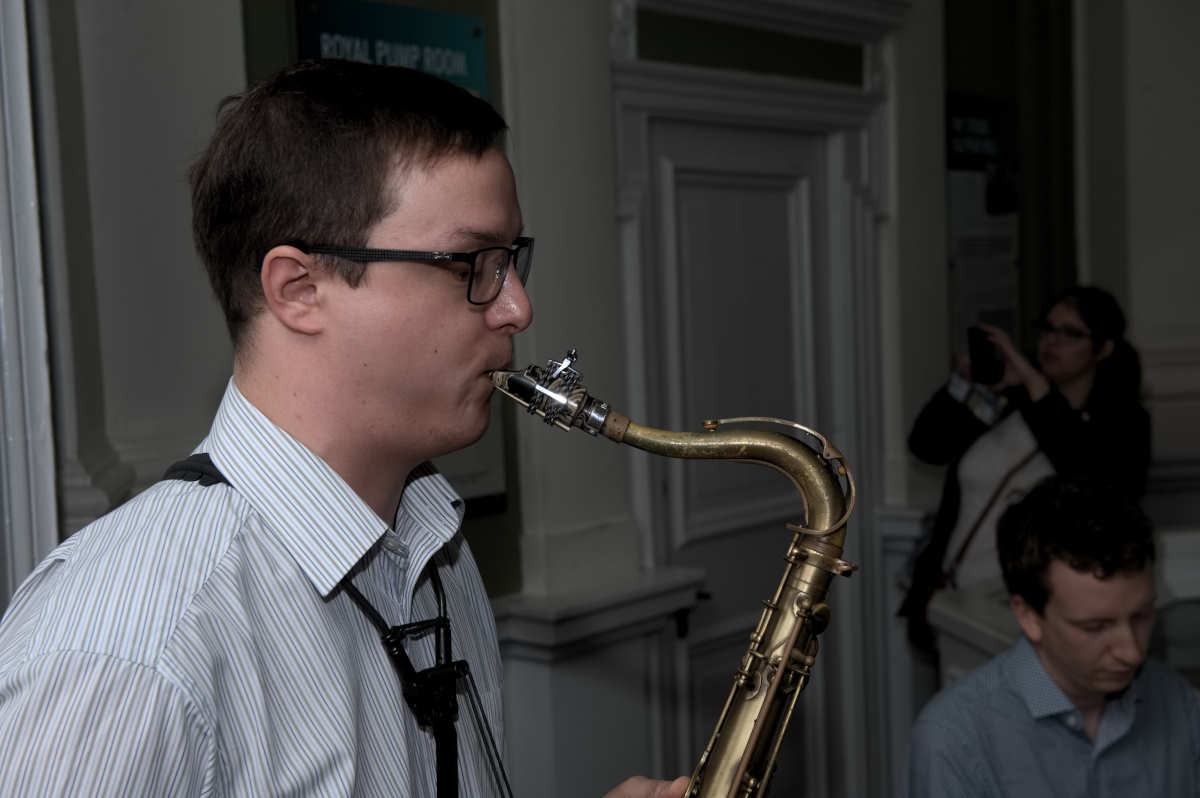
Harrogate Borough Council’s Cabinet Member for Culture, Tourism and Sport, Councillor Stanley Lumley, will be at the birthday celebrations.
Councillor Lumley said:
Harrogate owes its development from a small 14th century hamlet to the thriving 21st century town it is today to the special wells and the spa buildings built to cater for the visitors who flocked to the town to take the waters.
It’s fitting that, as we celebrate 175 years of one of its most famous buildings, we are looking forward to developments which will ensure its future importance to the town.
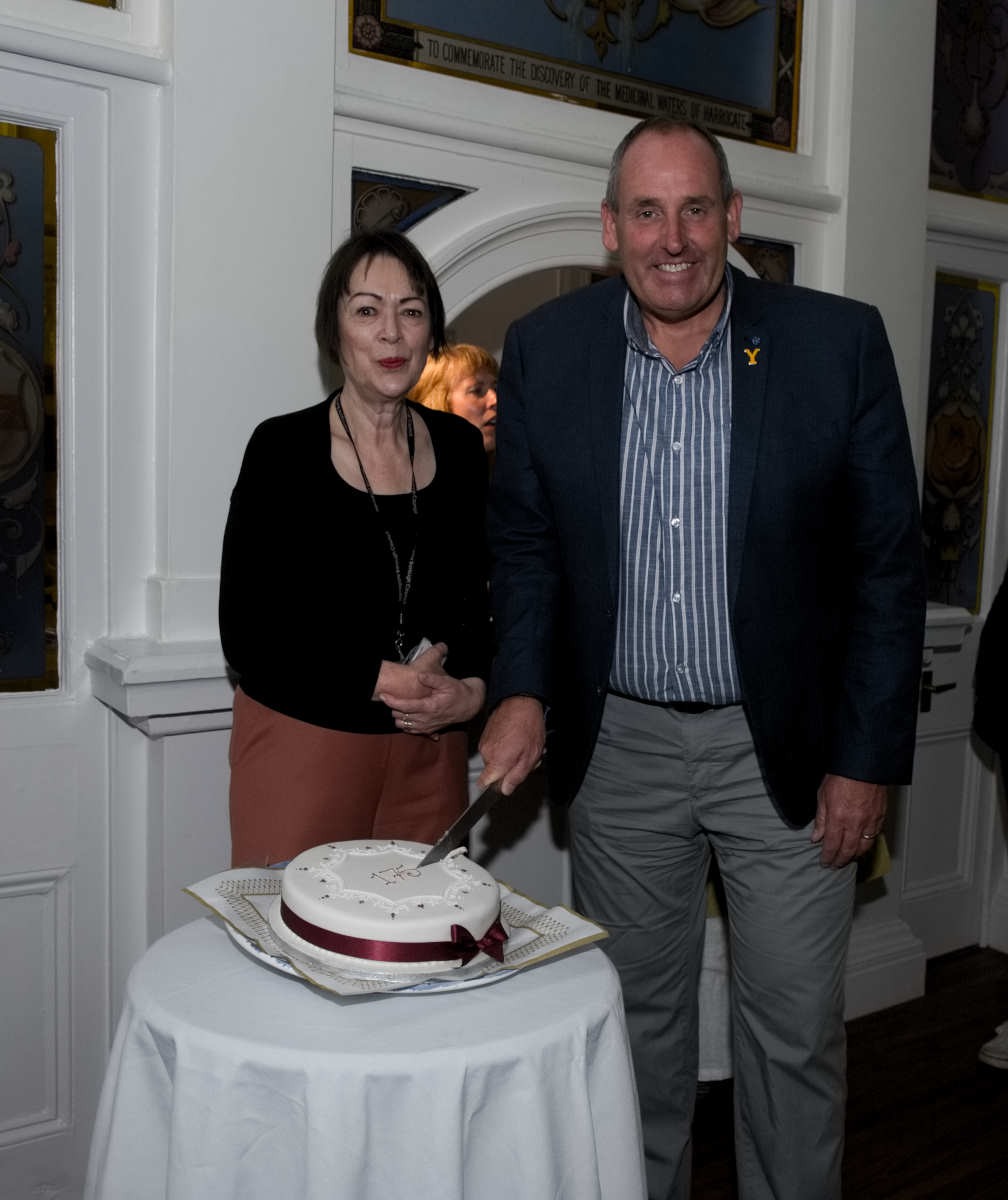
Jane Sellars, Curator of Cultural Services with Harrogate Borough Council, said:
The 1842 Room marked a big step forward in sophistication. At one time people had gathered round the open sulphur wells at this spot, then they had a wooden shelter and after the well heads there was a stone circular canopy on pillars, designed by Thomas Chippendale. This was moved to the Tewitt well when the 1842 room was built and finally they had this grand rotunda where they could drink the waters and keep out of the rain – there was always a tap outside that was free to all, especially the poor.
For the last year Harrogate Culture has been working on plans for a project to refurbish the Royal Pump Room Museum. We have had the go ahead from the Council and we have been given some first round funding which is helping us to put together a bid to the Heritage Lottery Fund for substantial funding for our ambitions for the building.
We have also been working in new areas to find out more about the history and purpose of the sulphur water drinking and the pump Room. One of those great new areas has been in Scienc and we were greatly honoured to be given funding by Dr Jamie Stark of the British Society for the History of Science. The funding enabled us to engage the scientist Matthew Holmes from Leeds University as our Scientist in Residence.
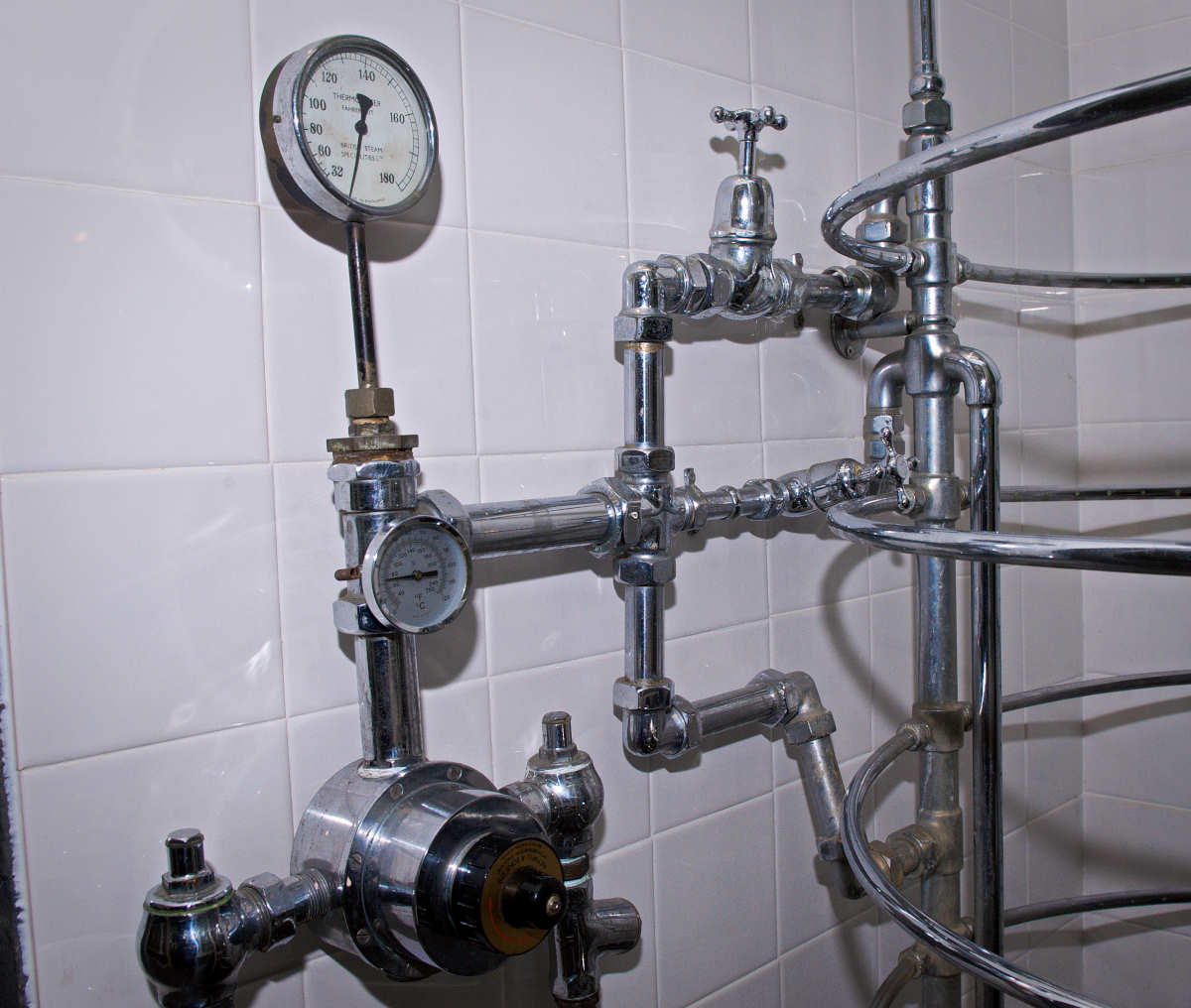
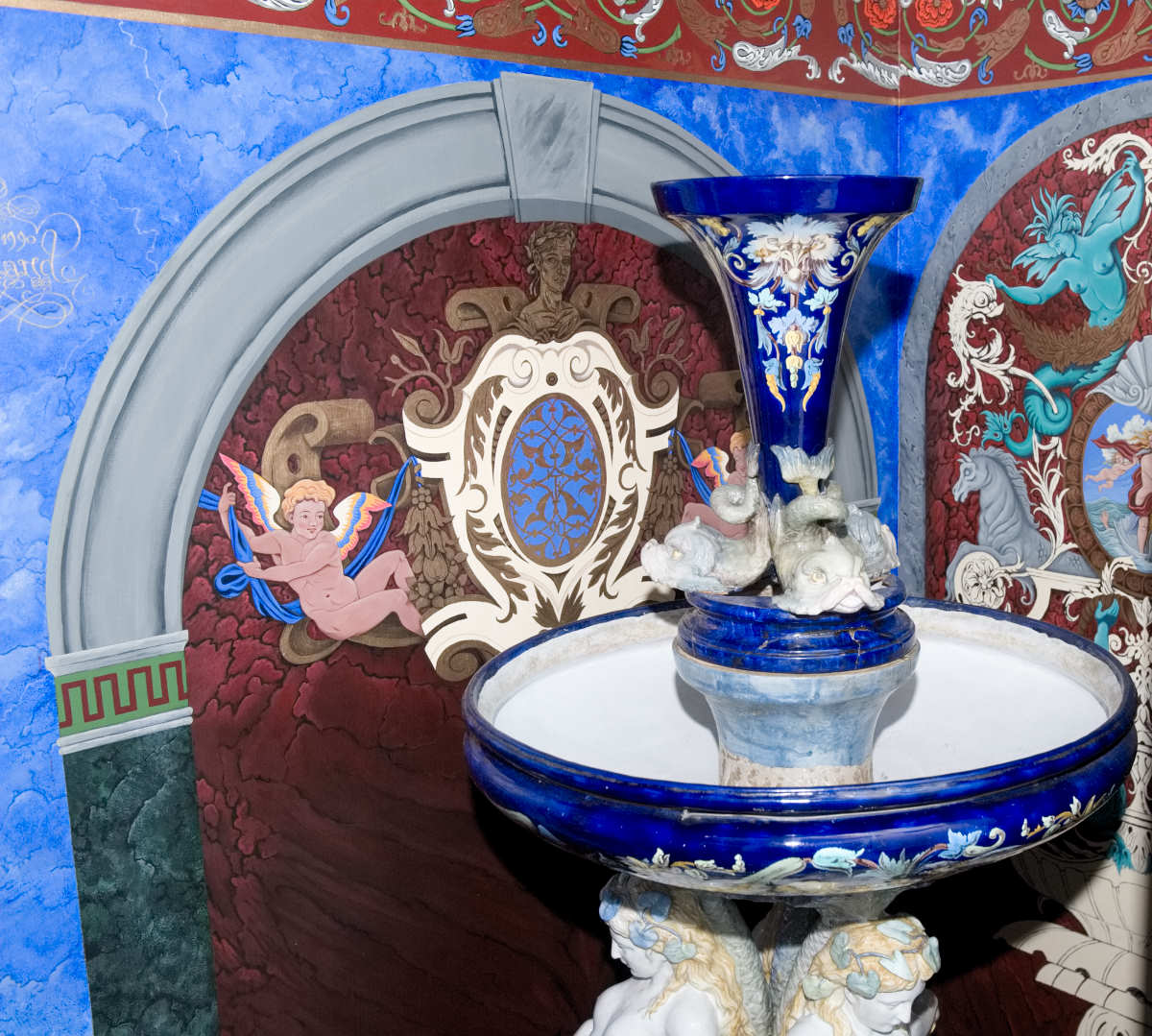
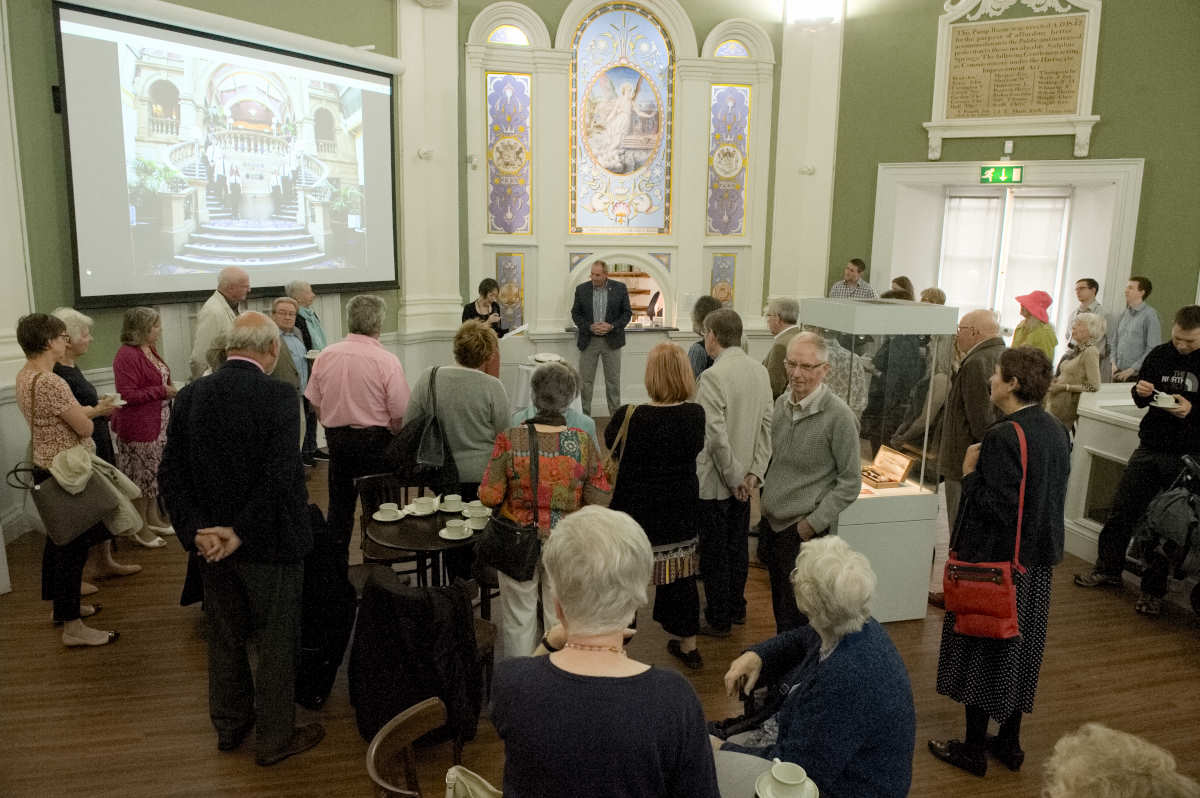
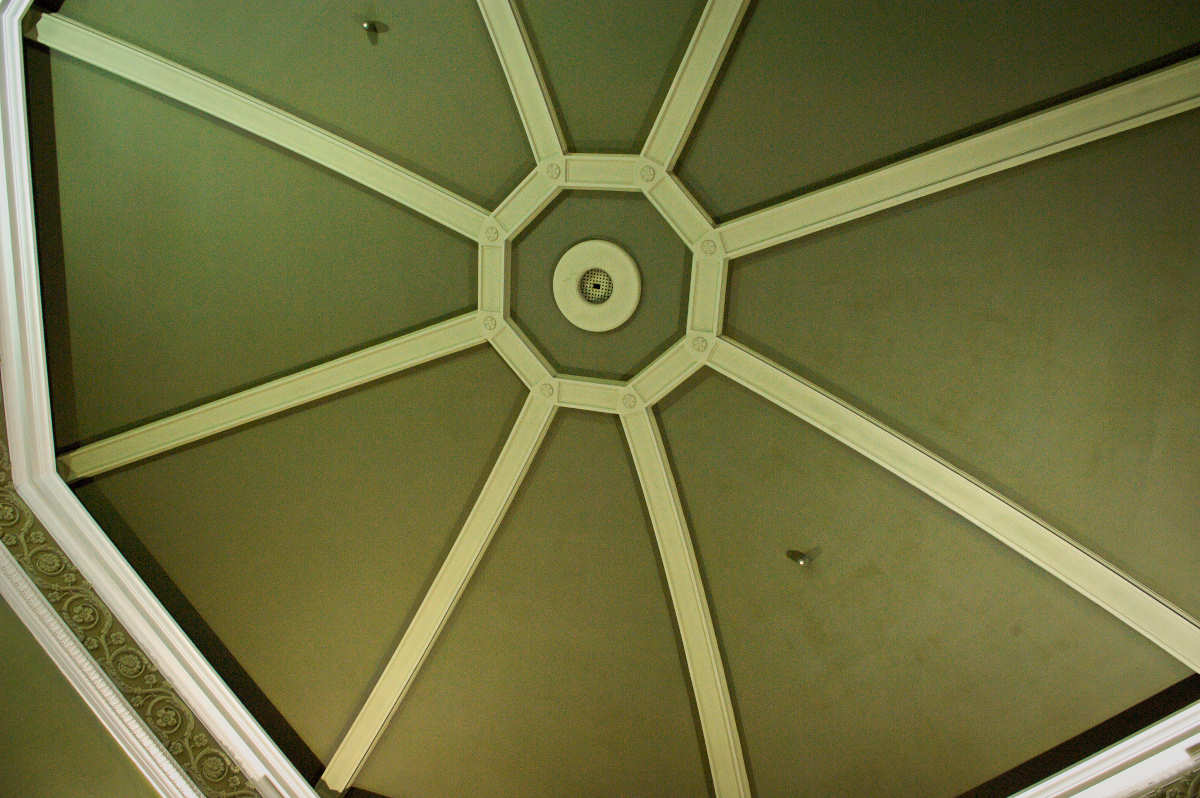
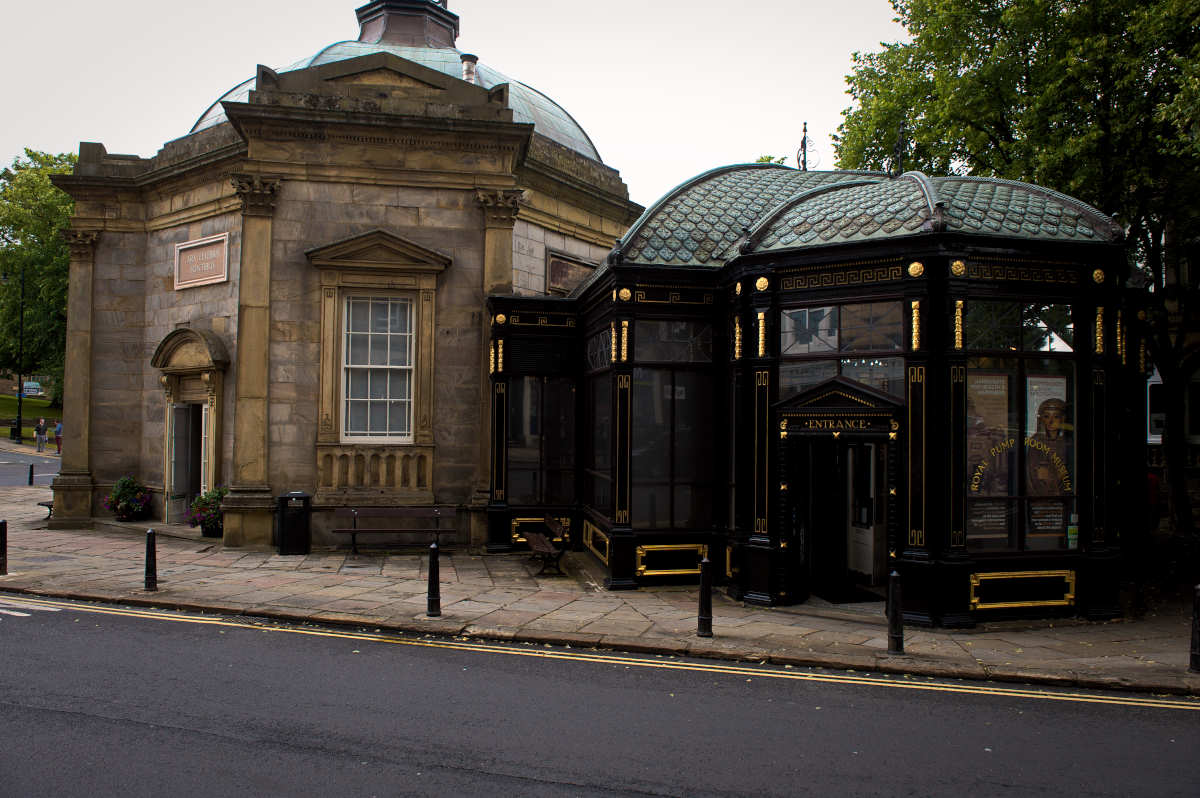
For more information on the museum and its attractions, go to www.harrogate.gov.uk/info/20151/royal_pump_room_museum

